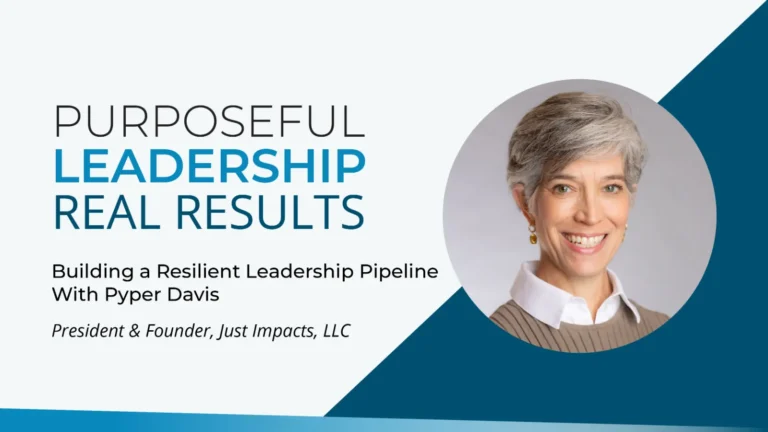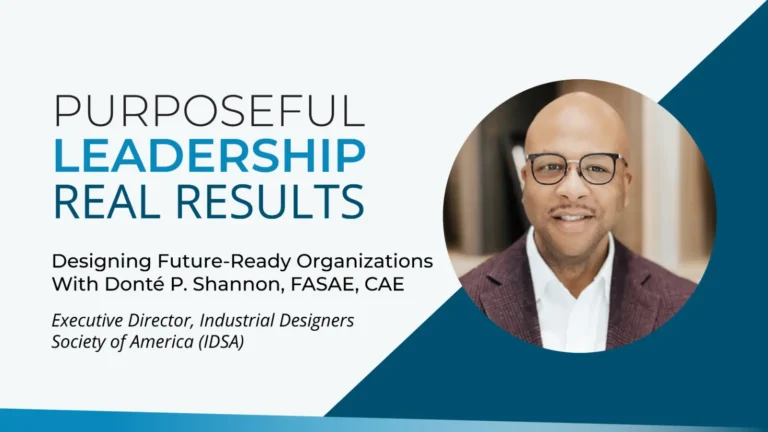Resources to help you develop an inclusive recruiting process that attracts transformational leaders and rigorously evaluates their ability to drive impact.

Hiring a CEO or executive director who can make a real impact requires much more than writing a job description, posting an ad, and interviewing candidates. Transitions at this level often surface issues related to an organization’s goals and mission, position within the competitive landscape, reporting and staff structure, and more.
When you need to be certain that your next leader can navigate your organization’s unique challenges and complexities, you need a proven, competency-driven process to support the search committee. The best hiring practices provide structure, organize all relevant factual information, weigh the evidence, challenge assumptions, identify alternatives, and consider the context in which the decision is being made. This guide shows these best practices through every stage of the process.
CEO and executive director searches typically take between 4-8 months. Read where all that time goes here.
We recommend a search committee of 4-6 people, including the chair. Select people who are deeply knowledgeable about the organization (current board members, senior leaders, and other key stakeholders). Helpful criteria include:
Effective succession planning isn’t just a necessity; it can be a strategic advantage. By anticipating and preparing for both expected and unexpected leadership changes, an association can ensure a smooth transition, safeguard its legacy, and maintain a commitment to its mission throughout. Read specific guidance here.
It’s common to speak with at least three executive search firms with experience in CEO searches. Use this tool to evaluate and compare. Ask for details about how they will conduct the search, including:


No matter how unique your job is, or how competitive the job market, we protect you with the strongest guarantee in executive search—a 2-year unconditional replacement guarantee for CEO searches and 18 months for every other career level.
Differential treatment by race, age, education, and background is still commonplace in hiring. Our approach interrupts the unconscious patterns of behavior that can lead to unintentional bias, helping employers fairly assess candidates and create a foundation for building more diverse and inclusive teams with each new hire over time.
© 2024 All Rights Reserved